Rain Of Memory
Imagine being a child in billions.
Permeation
In the city of Lucknow, in the east of India, two women walk into the crowd with their faces covered at around 2 am.
Unwanted Path
Old Flag
The Magnificent Tomb
This magnificent tomb, designed by the architect Ustad Ahmad Lahori after the death of the love of the leader of the Islamic state Shah Jahan, who ruled on the lands of today's India in the 15th and 16th centuries, still stands with all its mystical nobility emanating from its marble that collects the moonlight.
To Be Seen
Realizing the lives of each individual within the chaos of this country, which was born from the union of billions of people and whose movements seem almost impossible to follow, necessitates the effort of a meaning-seeking research that should be spread over generations.
Another Brick
A group of students with similarly styled hair and identical uniforms walk along the street after school in Old Delhi.
An Investigation
Sleep Tight
Territory
While it is always possible to catch some people in this chaotic continent in the midst of their life struggle, wrapped in complex thoughts gathering strength to step from one fatigue to another at night, it is also possible to see some spreading out into wide spaces where they can exist in the crowd with the recklessness of youth.
The Red Fort
A Love To Be Seen
The Red Fort or the Taj Mahal. This continent, which shelters thousands of them like a mother, where every corner smells of spices, and its people have become the stepchildren of this mother, the things to see on this continent increase with every step taken, reminding us that no one can actually dominate this continent.
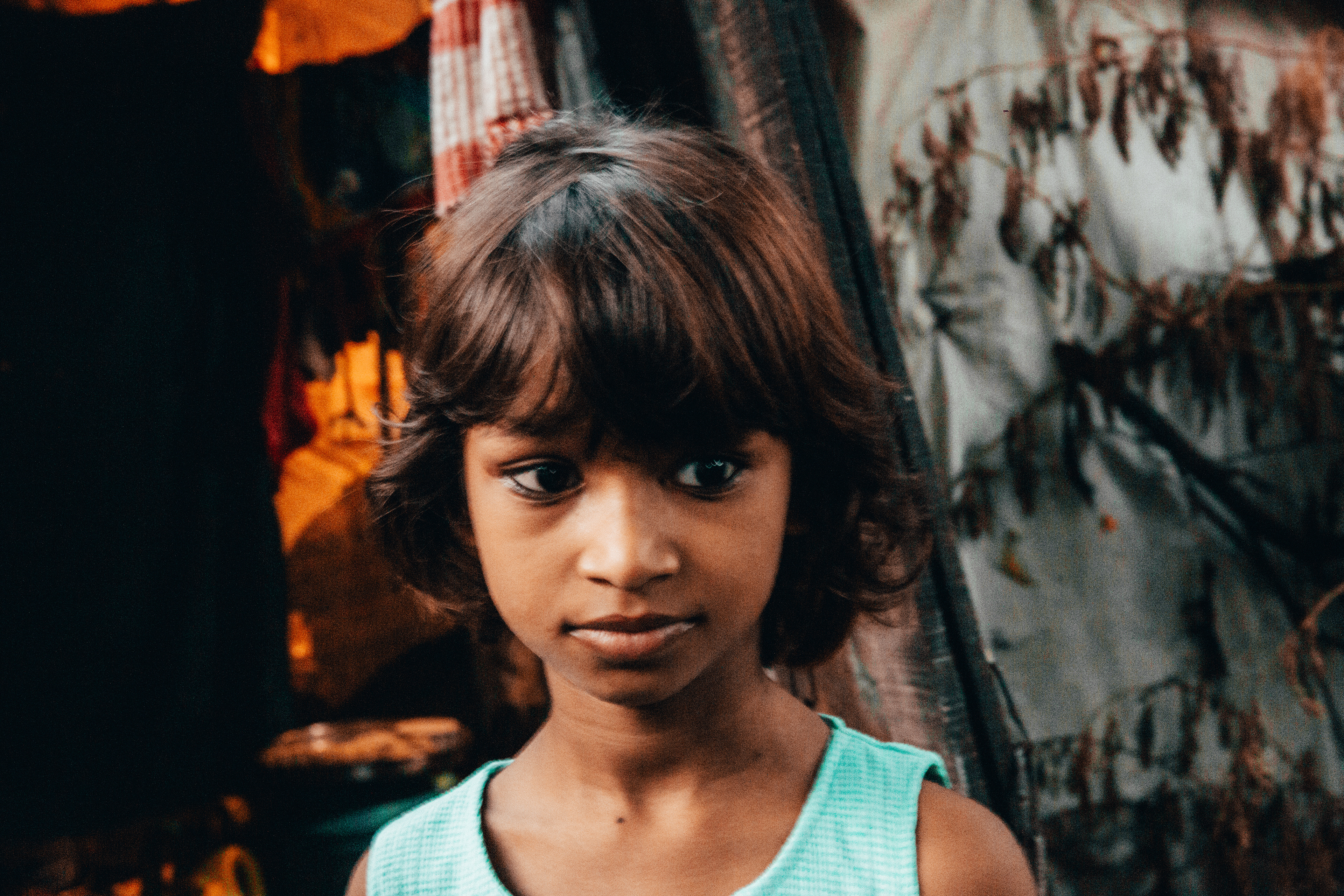
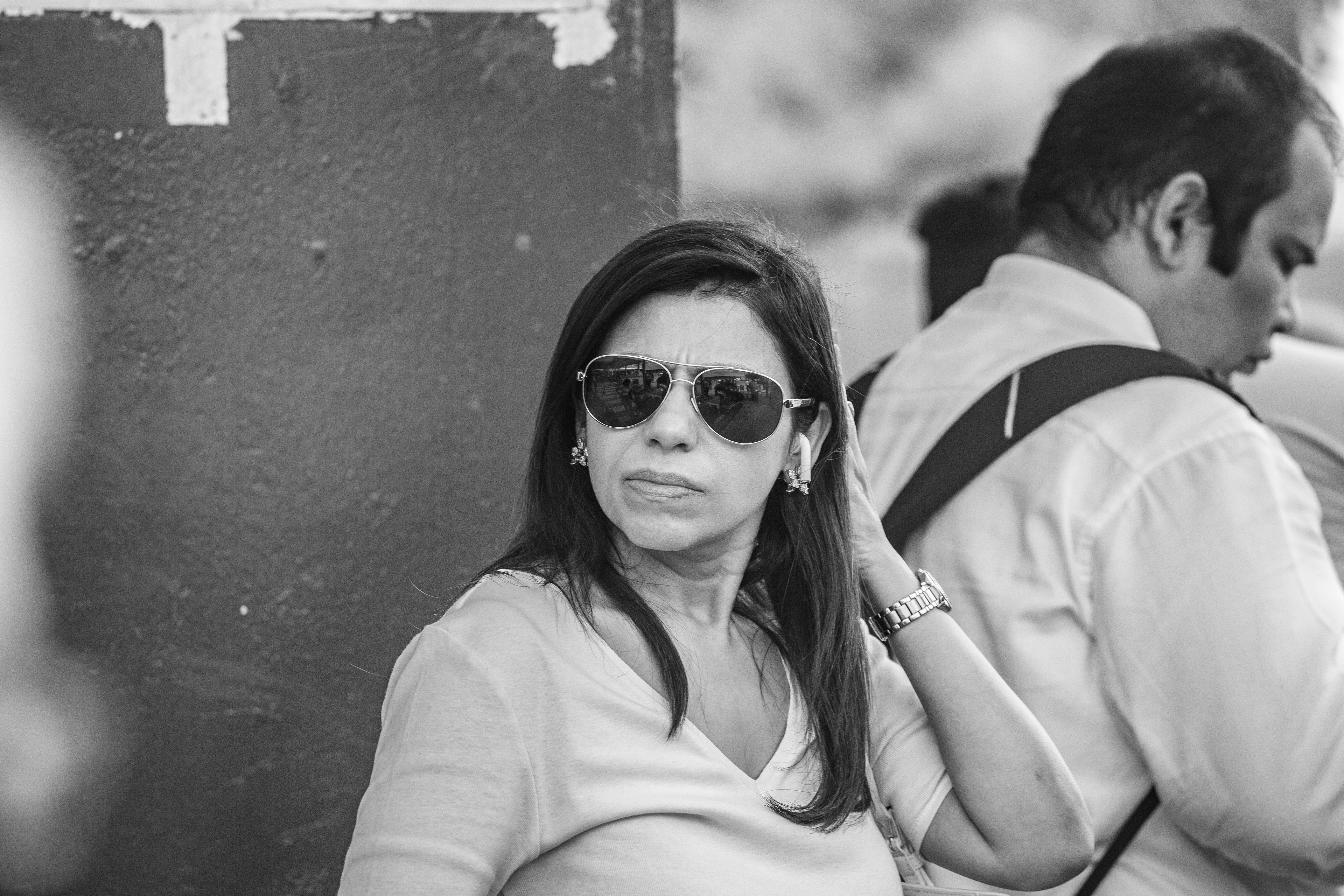
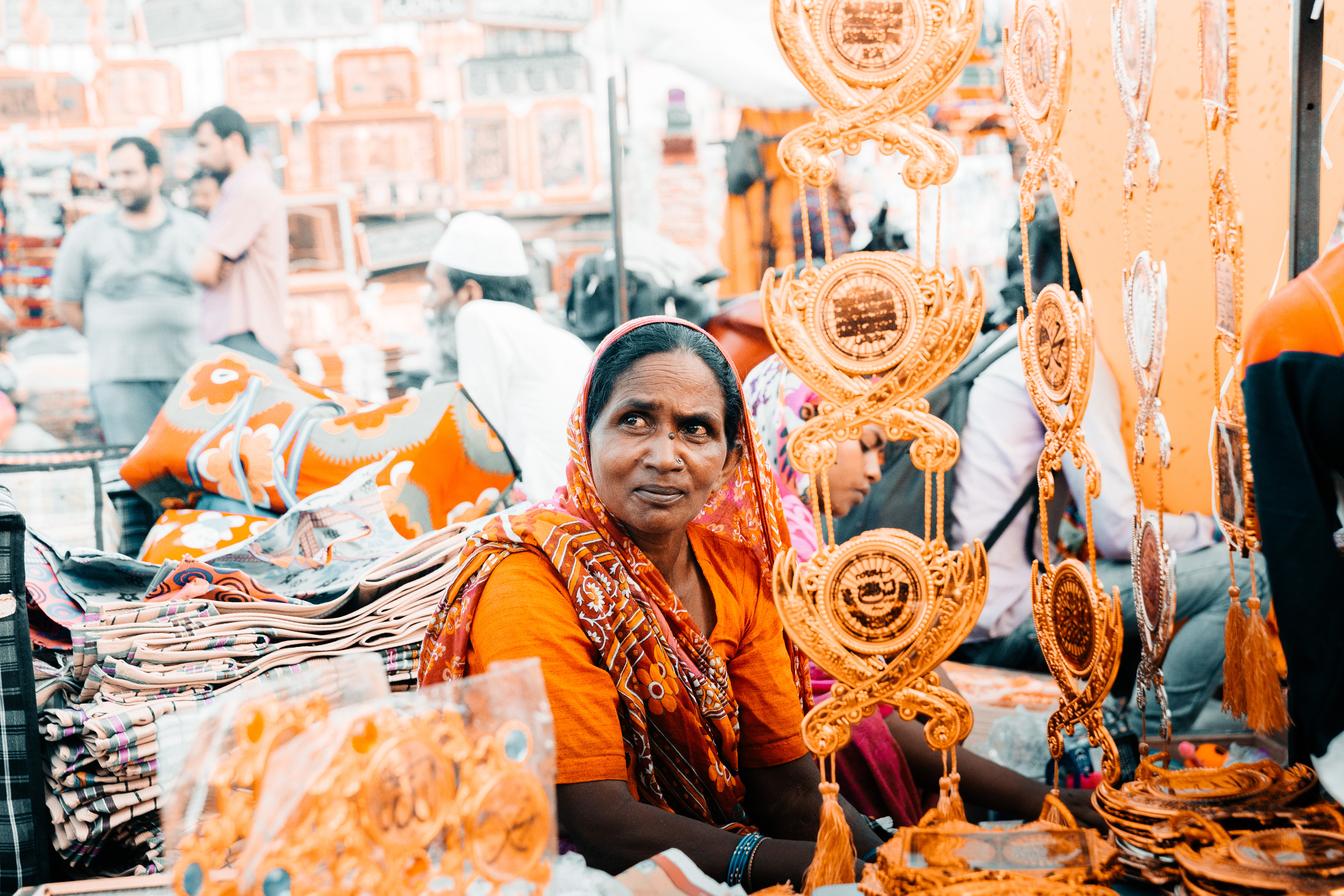
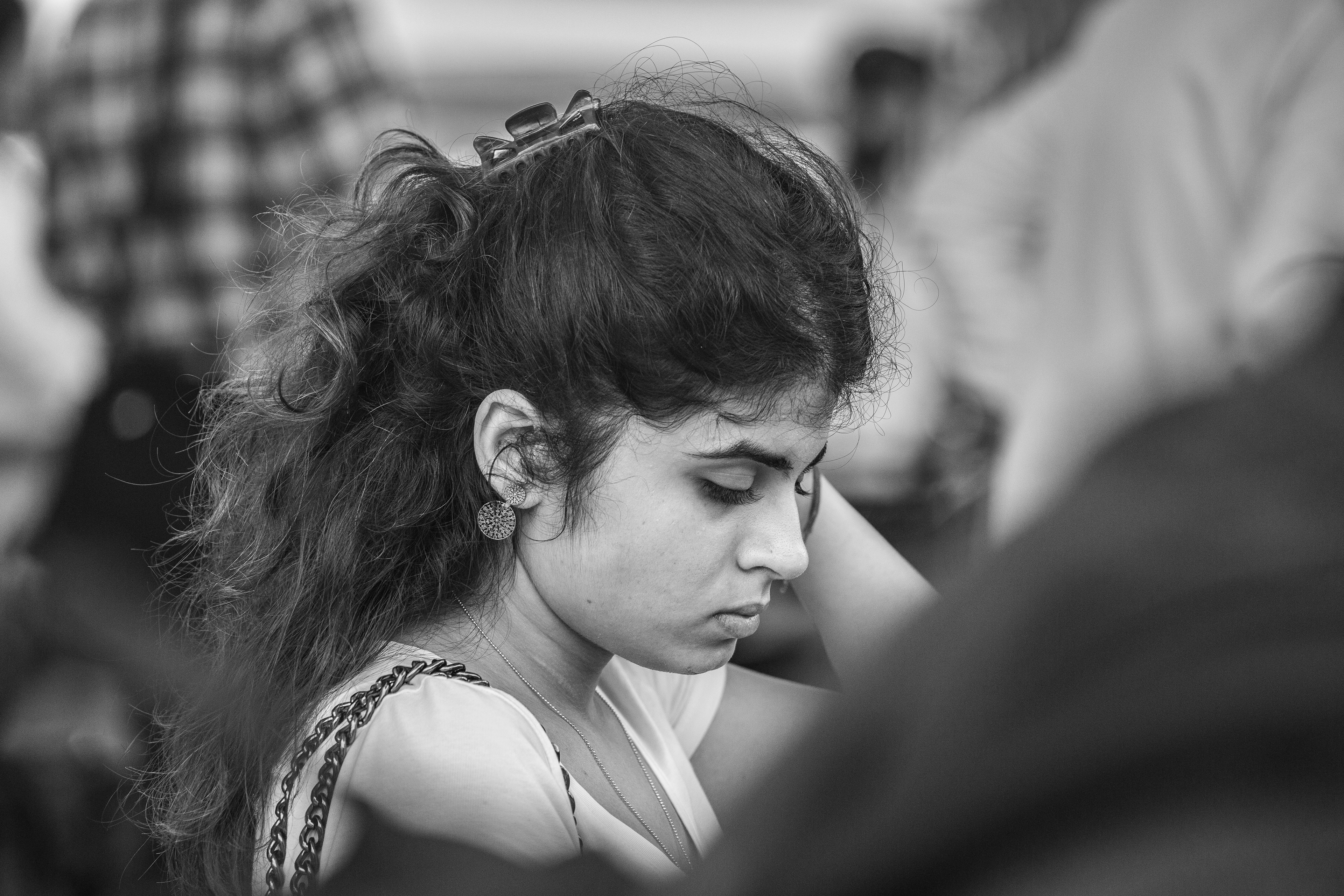
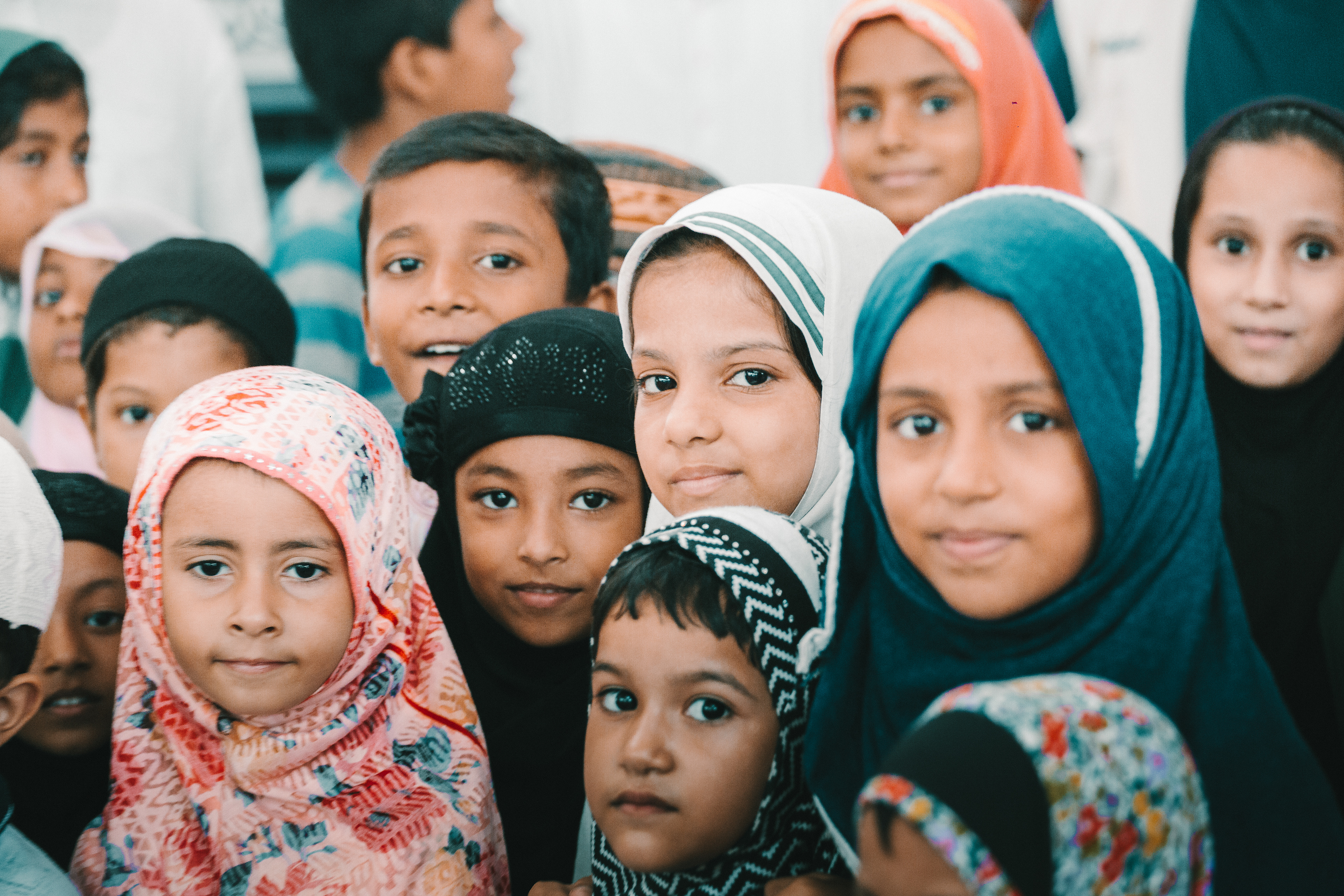
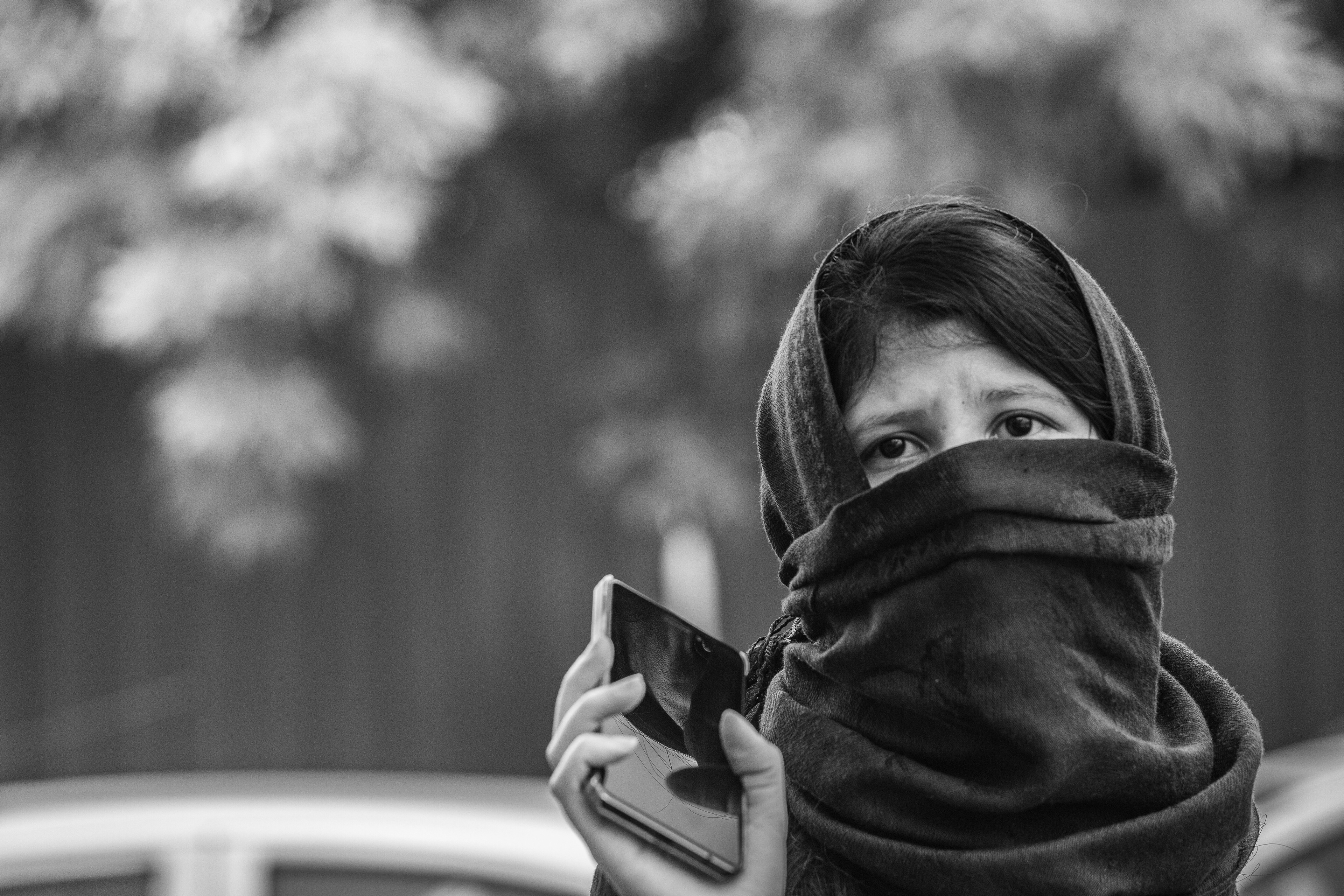
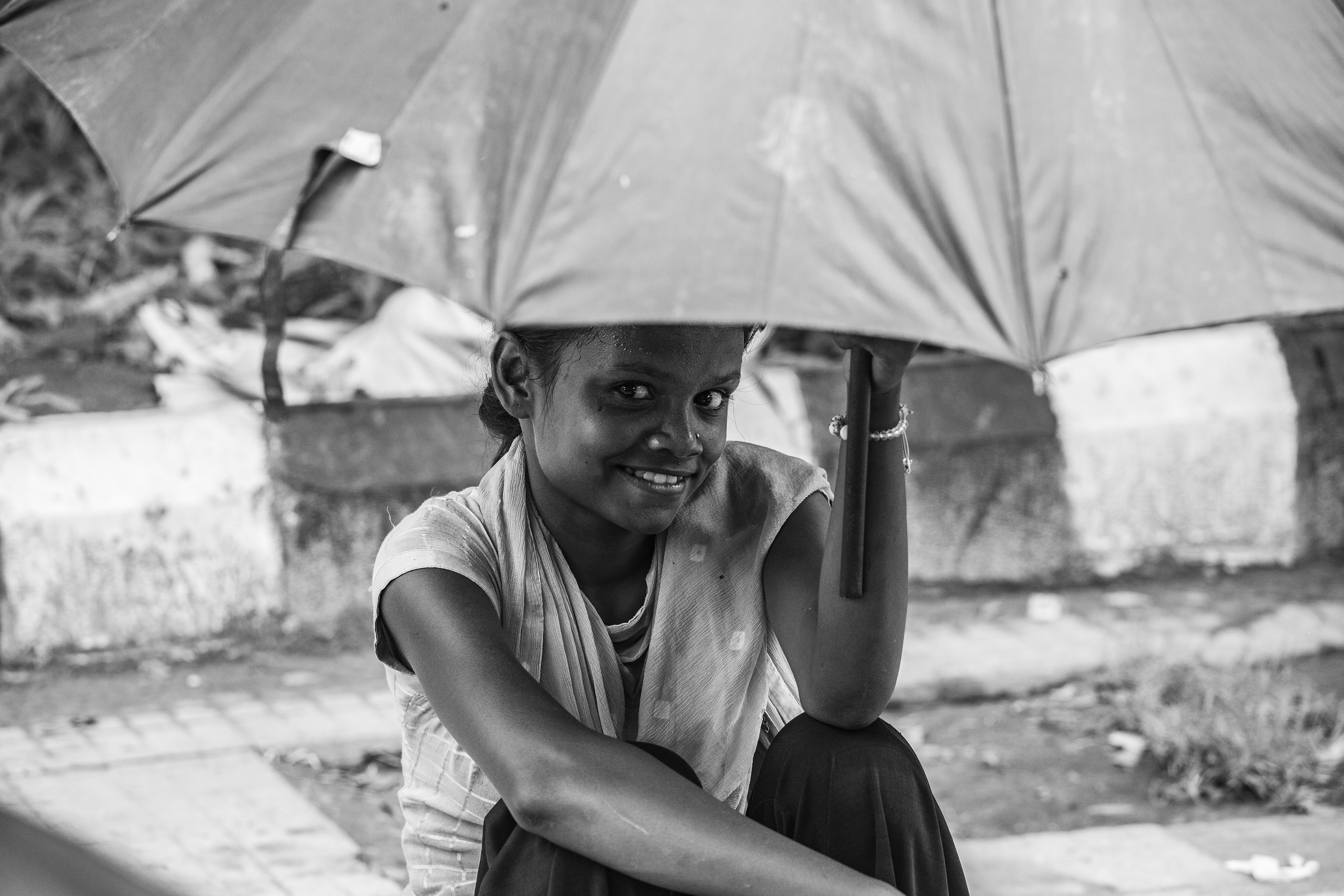
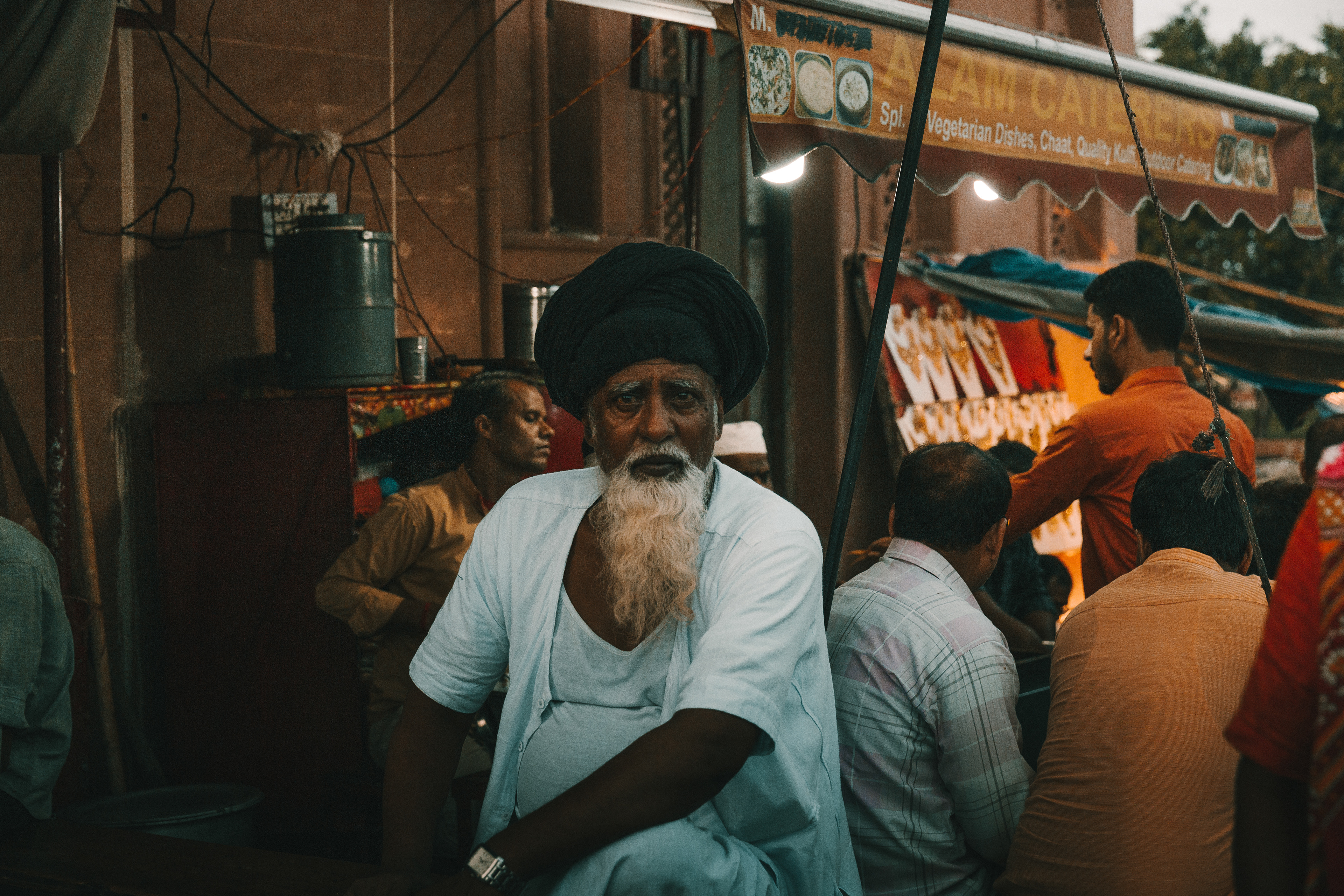
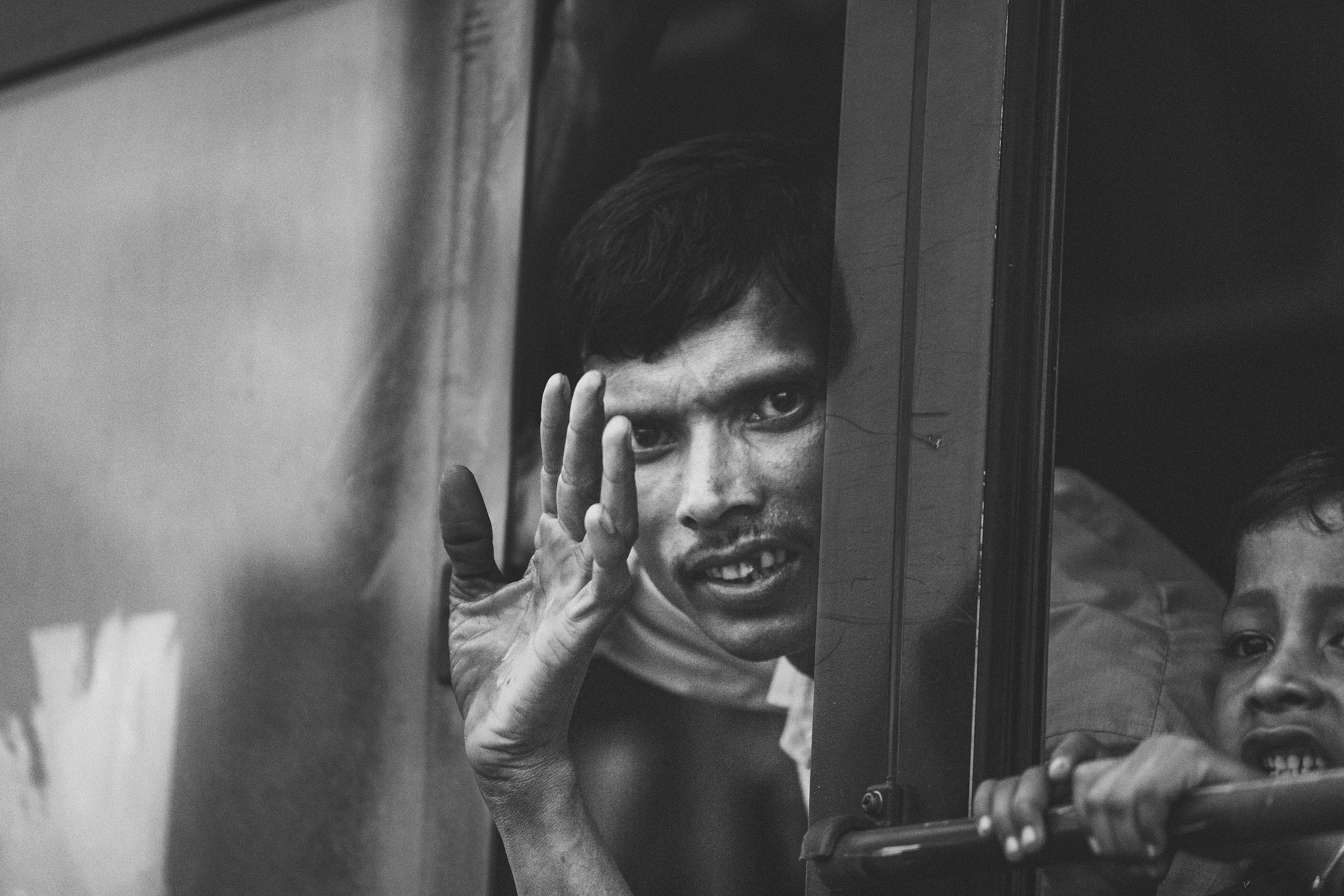
First Touch
Mercy Joy
But there is one truth that we all forget as we grow older, and that is that the kingdom of children is the heart.
After Chaos
The Taj Mahal